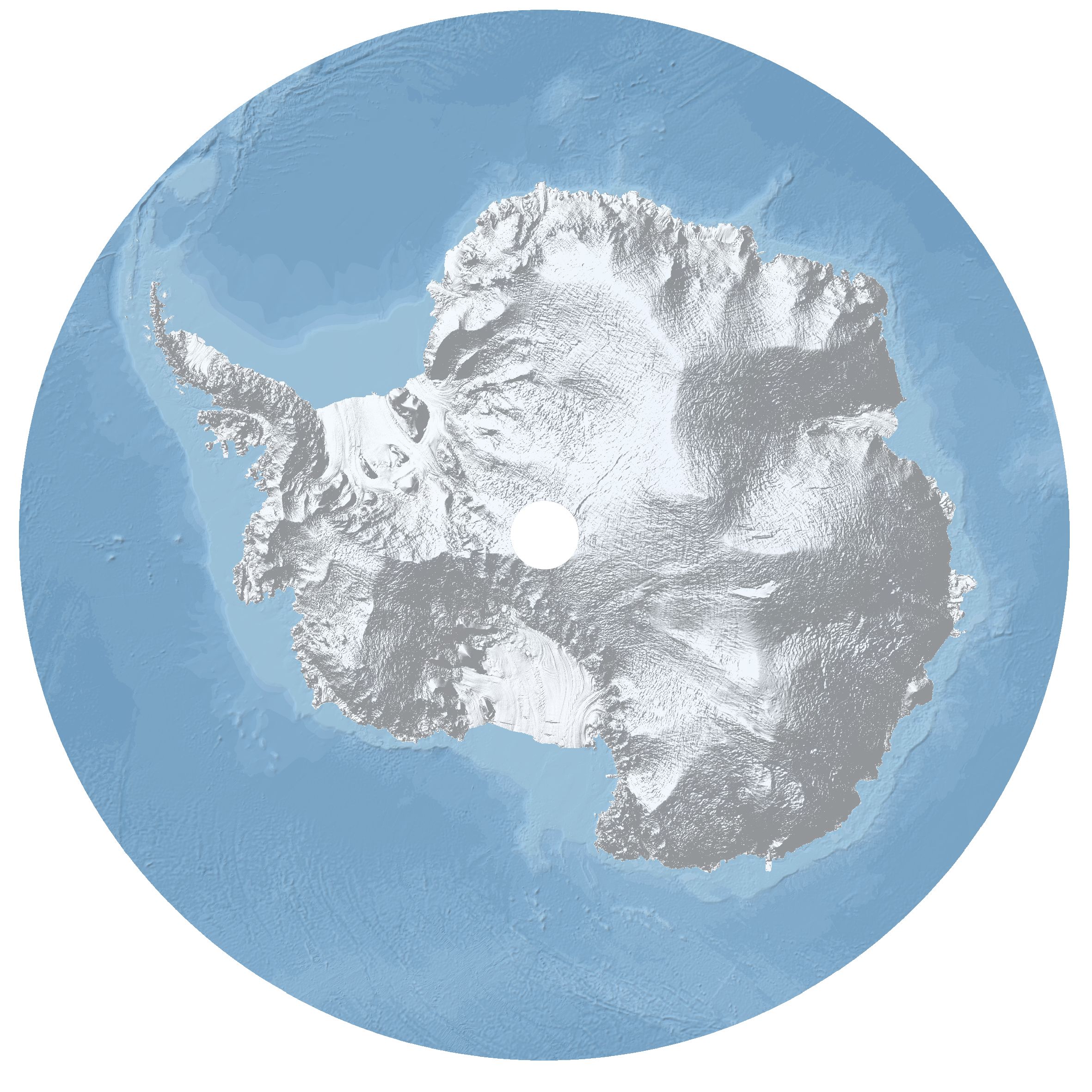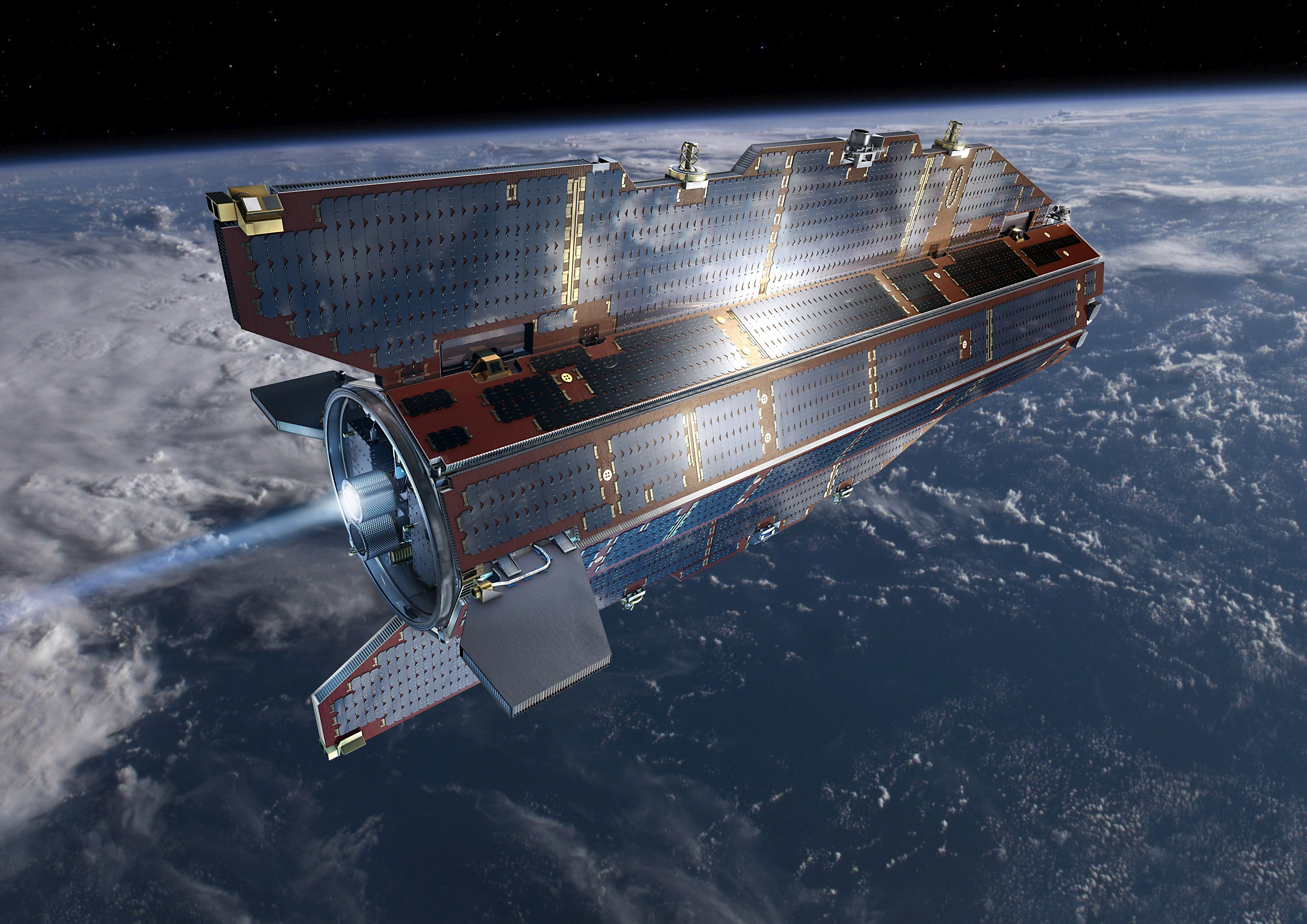Earth is surprisingly squishy!

Antarctica has a heavy covering of ice, so the discovery that part of it is rising so rapidly is a surprise
14 August 2018
20,000 years ago, Earth was in an Ice Age! Most of our planet was covered in ice, in many places 3km thick, like parts of Antarctica and Greenland today. Scientists have been studying how the surface of Earth changes when it is covered in heavy ice, and what happens when that ice melts. They have made an unexpected discovery!
Earth's hard, rocky crust – which includes the ground that we walk on – sits on top of a 2900km-thick layer called the mantle. This is quite soft, and behaves like a thick liquid. When the crust on top of it is heavier, as it was in the past when covered with ice, the mantle gets squashed down. During the last Ice Age, land below the thickest ice sank by up to 500m!
Eventually most of the ice melted, and without all that weight pushing down, the mantle rose up again. It is still rising, even today, although at a slower rate. So Earth is a bit like your bed mattress – when you are lying on top of it, the mattress gets squashed down. But when you hop off, it slowly rises back up!
West Antarctica is on the rise. Copyright: Planetary Visions (credit: ESA/Planetary Visions).
A group of scientists used GPS (Global Positioning Satellite) data to measure the height of Antarctica. As it is still covered in thick ice – though not as much as during the Ice Age – we would expect that the land would only be rising slowly. They were amazed to find that part of it is actually rising faster than almost everywhere else on Earth! This is interesting because it gives new insight into what the mantle below may be like.
To help with this study, the scientists used data from an ESA space mission called the Gravity field and steady-state Ocean Circulation Explorer, or GOCE for short. GOCE has mapped the gravity around Earth, which is a clever way of working out what is going on below the surface. If there is lots of dense material underground then the gravity field is slightly stronger. So GOCE data can tell us how firm the mantle is.
The GOCE mission ended in 2013, but clearly its data is still very valuable! It has revealed that the mantle is actually softer than we thought, very fluid, and moves quickly – explaining why such fast rises were seen in Antarctica.
This research is a fantastic way of finding out about the inside of our home planet, Earth!
Cool fact: GOCE was designed without many of the moving parts seen in other spacecraft as movement could interfere with its gravity measurements!





